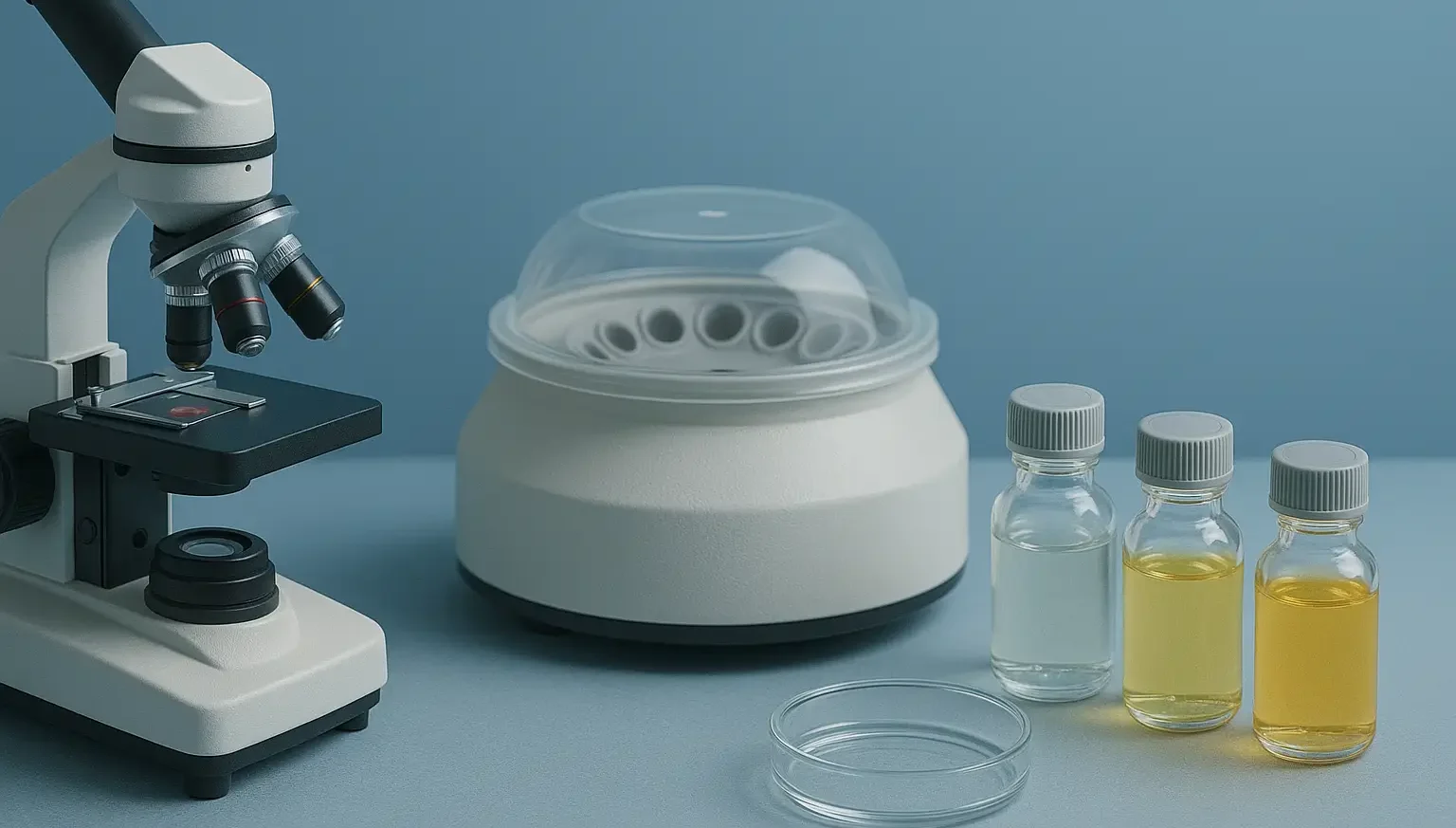Methods to Determine Isotonicity is Ensuring a solution is isotonic is vital for safety and efficacy. Two primary methods are employed to assess isotonicity:

1. Cryoscopic Methods to Determine Isotonicity
- The cryoscopic method evaluates a solution’s freezing point depression to determine its osmotic pressure.
-
Principle:
- The presence of solutes lowers the freezing point of a solvent. The degree of freezing point depression correlates with the solution’s osmotic pressure.
-
Procedure:
- Measure the freezing point of the test solution.
- Compare it to the known freezing point depression of isotonic solutions with body fluids.
-
Isotonic Benchmark:
- Typically, isotonic solutions exhibit a freezing point depression of -0.52°C.
-
Interpretation:
- If the solution’s freezing point matches -0.52°C, it is deemed isotonic.
- Deviations indicate hypo- or hypertonicity.
2. Hemolytic Method to Determine Isotonicity:
- The hemolytic method assesses how a solution affects red blood cells (RBCs) to determine its tonicity.
-
Principle:
- RBCs respond to the osmotic pressure of their surrounding environment by either swelling, shrinking, or remaining intact.
-
Procedure:
- Mix the test solution with a standardized concentration of RBCs.
- Observe the physical state of the RBCs post-mixing.
-
Outcomes:
- Isotonic Solution: RBCs remain intact with no change in shape.
- Hypotonic Solution: RBCs absorb water, swell, and may burst (hemolysis).
- Hypertonic Solution: RBCs lose water, shrink (crenation), and become spiky.

